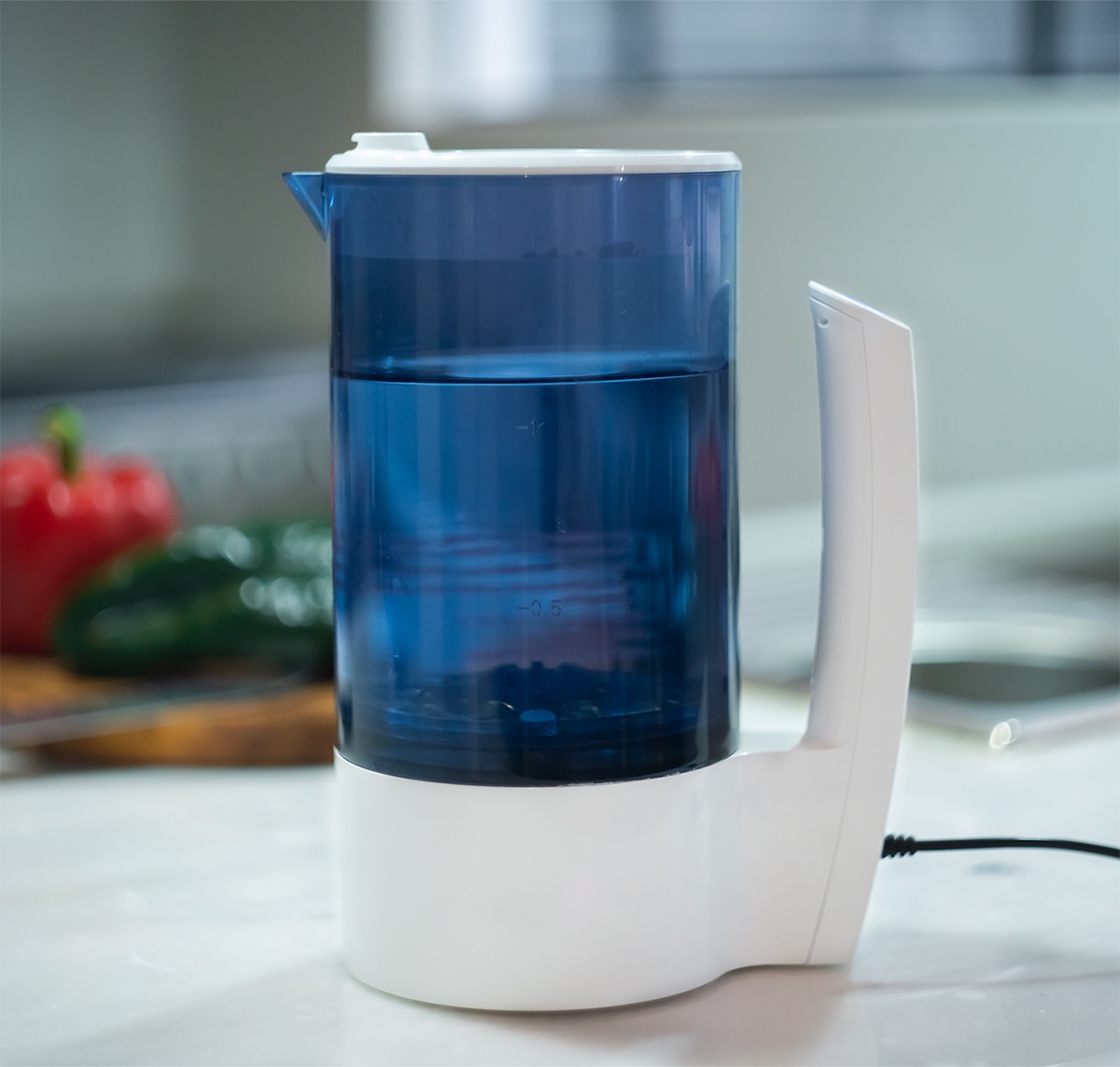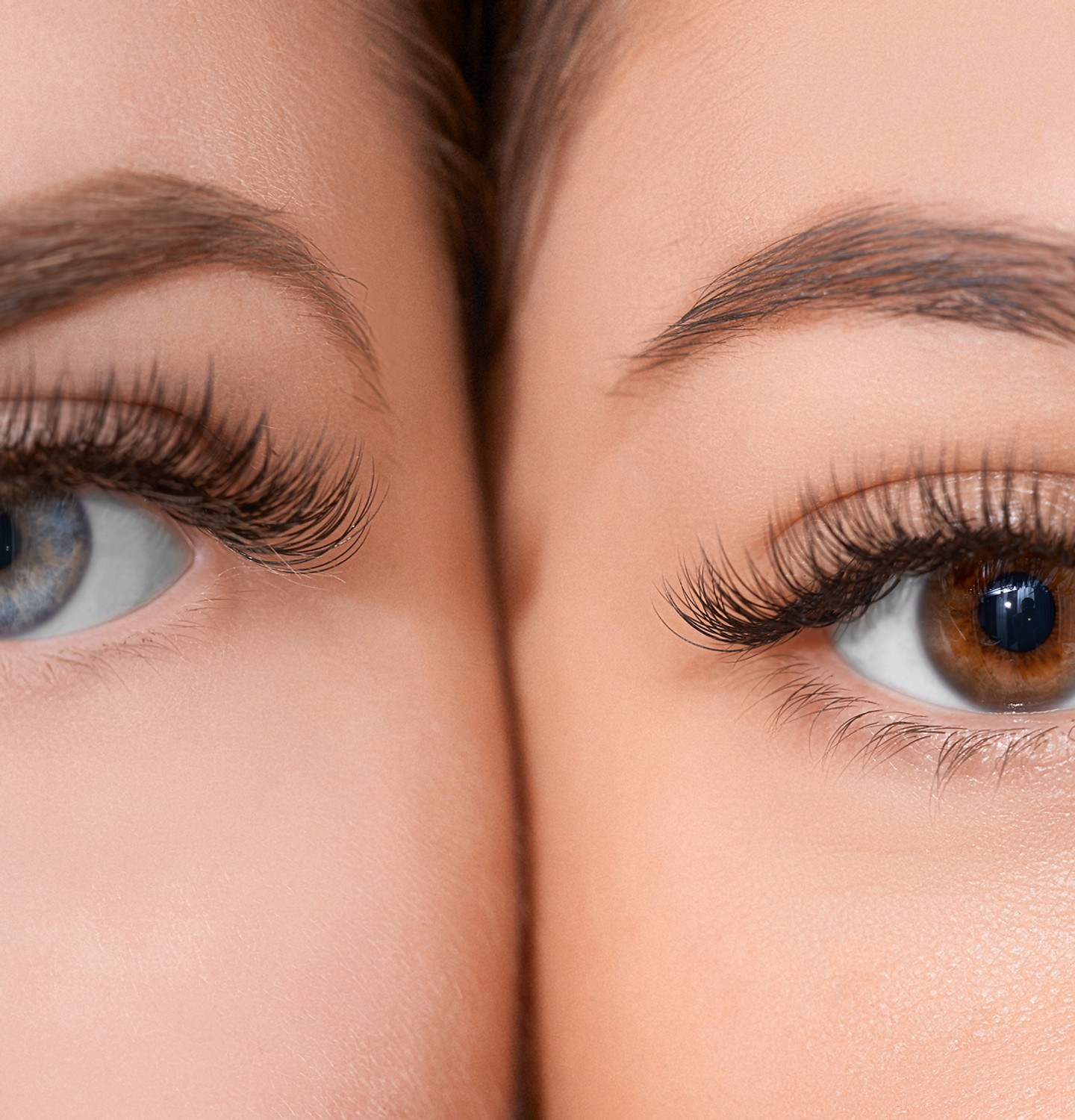HOCL - The Basics

HOW IS EOW MADE?

A MAN MADE CLEAN DISINFECTANT
- Michael Faraday founded the laws of electrolysis and it became commercially available in the 1870s.
- Generating EOW from the electrochemical activation (ECA) of saltwater was developed in the 1970s.
- Early ECA technology used membranes to force saltwater into two solutions of EOW and NaOH.
- In the 1980s, single-stream systems were developed that produced one solution of EOW without byproduct.
- In recent, single-stream systems have been innovated to last longer and generate more stable solutions.
SAFE AND EFFECTIVE SANITATION

KEY CHARACTERISTICS OF EOW
- EOW is the scientific formula for Electrolyzed Oxidizing Water (EOW), a weak acid similar to that of a mild citrus juice.
- EOW is made naturally by white blood cells in all mammals for healing and protection.
- EOW is a powerful oxidant that is effective against invading bacteria, fungi, and viruses.
- Generating EOW by running electricity through a solution of saltwater was discovered in the 1970s.
- EOW is now used in healthcare, food safety, water treatment, and general sanitation.
WHY IS EOW MORE EFFICIENT AT DESTROYING PATHOGENS?
ELECTROLYZED OXIDIZING WATER (EOW) VS. SODIUM ELECTROLYZED (CHLORINE BLEACH)
Electrolyzed Oxidizing Water (EOW) ion carries a negative electrical charge, while Electrolyzed Oxidizing Water carries no electrical charge. The Electrolyzed Oxidizing Water (EOW) moves quickly, able to oxidize the bacteria in a matter of seconds, while the Electrolyzed ion might take up to a half-hour to do the same. Germ surfaces carry a negative electrical charge which results in a repulsion of the negatively chargedElectrolyzed Oxidizing Water (EOW) ion to the area of the germ surfaces, making Electrolyzed ion less effective at killing germs.
Electrolyzed Oxidizing Water (EOW) is a powerful oxidant that can kill microbial pathogens by damaging its cell walls, entering and disrupting proteins, lipids, RNA, and DNA to deteriorate and inactive the pathogen cell.
EOW is a non-irritant, clear, and odorless solution that does not leave residues or alterations in taste and color.
PHYSIOLOGY

EOW IS OUR FRIEND
Electrolyzed Oxidizing Water (EOW) is one of the most effective known biocides. The chemical structure is EOW.
It is produced by the human immune system to kill invasive organisms and fight infection.
White blood cells in the human immune system produce Electrolyzed Oxidizing Water (EOW) through the myeloperoxidase-mediated peroxidation of chloride ions.
White blood cells release this natural oxidant to fight invading pathogens.
HOME USE OF EOW

EOW ELECTROLYSIS SYSTEMS
There are several home electrolysis systems that have been developed that can generate stable Electrolyzed Oxidizing Water (EOW) using table salt and water.
Distilled vinegar is sometimes added to lower the pH allowing for a solution of free chlorine more dominated by the Electrolyzed Oxidizing Water (EOW) molecule.
When choosing a home system, an important factor to consider is the quality of the electrolysis cell.
Higher quality systems may cost more but will last much longer due to the durability of the alloys in the metals used to make the cells.
WHAT ARE THE BENEFITS?

ELECTROLYZED IS SAFE
Electrolyzed Oxidizing Water (EOW), unlike chlorine bleach, is 100% safe and non-irritant.
If it gets on your skin or in your eyes, it will not burn. Even if it were accidentally ingested, it is completely harmless.
Yet, it is 70-80 times more efficient at killing microbial pathogens than chlorine bleach.
WHERE CAN IT BE USED?

A SOLTION WITH MANY USES
In the home, Electrolyzed Oxidizing Water (EOW) is useful anywhere you need a sanitizer but don't feel comfortable using a toxic chemical.
A perfect example is in the kitchen. Instead of rinsing leafy greens with water, use Electrolyzed Oxidizing Water (EOW).
Or for personal items such as toothbrushes or razors, Electrolyzed Oxidizing Water (EOW)is safe. Want to sanitize laundry without damaging or discoloring clothing, Electrolyzed Oxidizing Water (EOW) is the answer.
COMMERCIAL USE OF EOW

THE TECHNOLOGY BEHIND EOW
The technology behind generating Electrolyzed Oxidizing Water (EOW) has evolved tremendously over the past 20 years.
The market used to be dominated by membrane cell electrolysis that used high pressures to force saltwater into two separate streams, an acidic stream, and an alkaline stream.
The acidic stream would containElectrolyzed Oxidizing Water (EOW), the anolyte or oxidizing agent, and the alkaline stream would contain sodium hydroxide (NaOH), the catholyte or reducing agent.
The benefit of these systems was that two useful solutions were generated, a sanitizer and a degreaser.
The downside of these systems was that they were expensive, required high maintenance, and would generate unstable solutions that lost their oxidation-reduction potential (ORP) within a short period of time.
EWCO-GENERATED EOW
DELIVERING A BETTER PRODUCT
EWCO manufactures the highest quality electrolysis cells and has identified the optimal formulas and settings of voltage, amperage, and flow rates for our systems to generate the highest quality solutions of Electrolyzed Oxidizing Water (EOW) for food sanitation, general sanitation, and water disinfection.
SINGLE-CELL ELECTROLYSIS

THE KEY TO LOW MAINTENANCE SYSTEMS
With the development of single-cell electrolysis, many of these obstacles were overcome.
Single-cell electrolysis does not use high pressures across a membrane therefore little to no maintenance is required.
And because single-cell electrolysis does not force the saltwater into two streams of opposite oxidation-reduction potential and opposite pH, a more stable solution is generated, a solution that is not seeking to regain equilibrium.
Single-cell systems generate only one solution, an anolyte in the pH range of 5 to 7.
This pH range is optimal for Electrolyzed Oxidizing Water (EOW) in regards to stability and effectiveness as a sanitizer.
A MAN-MADE ANOLYTE
A natural disinfectant liquid solution more effective than bleach
EWCO electrolysis systems are capable of generating neutral-to-acidic electrolyzed water (anolyte) for cleaning & sanitation and for water disinfection.
The anolyte is composed primarily of the free chlorine molecule Electrolyzed Oxidizing Water (EOW), a powerful oxidant.
HOW IS ELECTROLYZED WATER PRODUCED?

THE ELECTROLYSIS PROCESS
Electrolyzed water is generated using water, salt, and electricity.
The process is called electrolysis and involves applying a direct electric current (DC) across a pair of electrodes immersed in a solution of ions to drive an otherwise non-spontaneous chemical reaction.
The key process is the removal or addition of electrons and therefore a change in the oxidation-reduction potential of the solution.
FOOD SAFETY

A HEALTHY, NO-RINSE SOLUTION
The majority of the research that has been done regarding the practical applications of Electrolyzed Oxidizing Water (EOW) has been in the field of food safety.
Since the Food Safety Modernization Act (FSMA) was signed into law in 2011, the focus of food safety has shifted from responding to contamination to preventing it.
There is probably no food sanitizer more researched and more understood than Electrolyzed Oxidizing Water (EOW). The research clearly demonstrates that Electrolyzed Oxidizing Water (EOW)is safe and efficient for ensuring microbial counts are maintained below infectious levels on food and contact surfaces.
DIRECT FOOD SANITATION

A SUPERIOR ALTERNATIVE TO OZONE
Electrolyzed Oxidizing Water (EOW) vs. Ozone.
Electrolyzed Oxidizing Water has advantages over ozone. Ozone is a gas and is not stable in the solution therefore it cannot be used to sanitize contact surfaces.
Ozone is however used for food sanitation however it must continuously be regenerated as it is continuously leaving solution into the air.
Being that ozone is an irritant to the lungs and respiratory tracts, ozone is limited in the concentrations that can be used, therefore limiting the oxidation potential that can be obtained for killing microbial pathogens.
Electrolyzed Oxidizing Water (EOW) is non-irritant and is also stable in solution.
Electrolyzed Oxidizing Water (EOW) can be used at high concentrations (60 ppm) for food sanitation without requiring a post-rinse.
SAFE ON EYES AND SKIN

NON-HAZARDOUS
Electrolyzed Oxidizing Water (EOW) does not cause irritation to the eyes and skin. Even it was ingested it causes no harm.
Because it is so safe, it is the ideal sanitizer for direct food sanitation and food contact surfaces.
It is also ideal in healthcare where it is used for wound cleansing, eye drops, and patient room disinfection replacing toxic chemicals such as bleach and quaternary ammonium (quats).
NON-TOXIC, NON-HAZARDOUS

NO PROTECTIVE GEAR REQUIRED
Sanitation chemicals distributed in concentrated form are toxic and can be hazardous.
.Contact with skin or inhalation of fumes can cause irritation. These risks do not exist with hypochlorous acid
Electrolyzed water systems generate Electrolyzed Oxidizing Water from just table salt, water, and electricity.
No personal protective gear is required.
NEW TECHNOLOGY & RESEARCH

IT'S NOT MAGIC; IT'S SCIENCE
Over 30 years of research exists for the use of Electrolyzed Oxidizing Water (EOW) and new research is being published every year.
Recent research has focused on the use of Electrolyzed Oxidizing Water (EOW)for sanitizing food and food processing facilities.
Research has also been done on poultry farms, water treatment and disinfection, and healthcare-related applications such as wound care and equipment sterilization.
